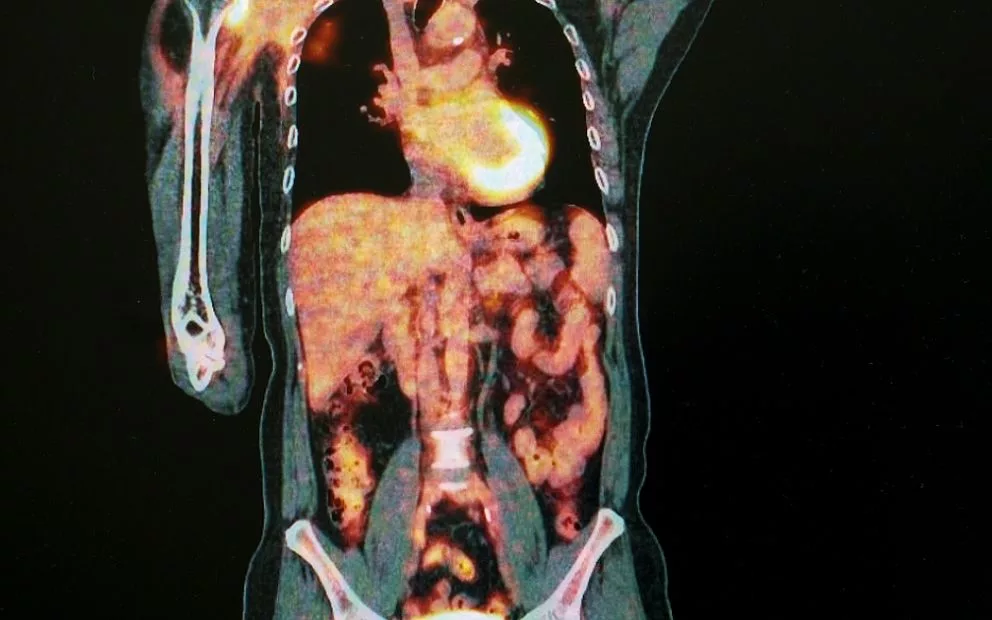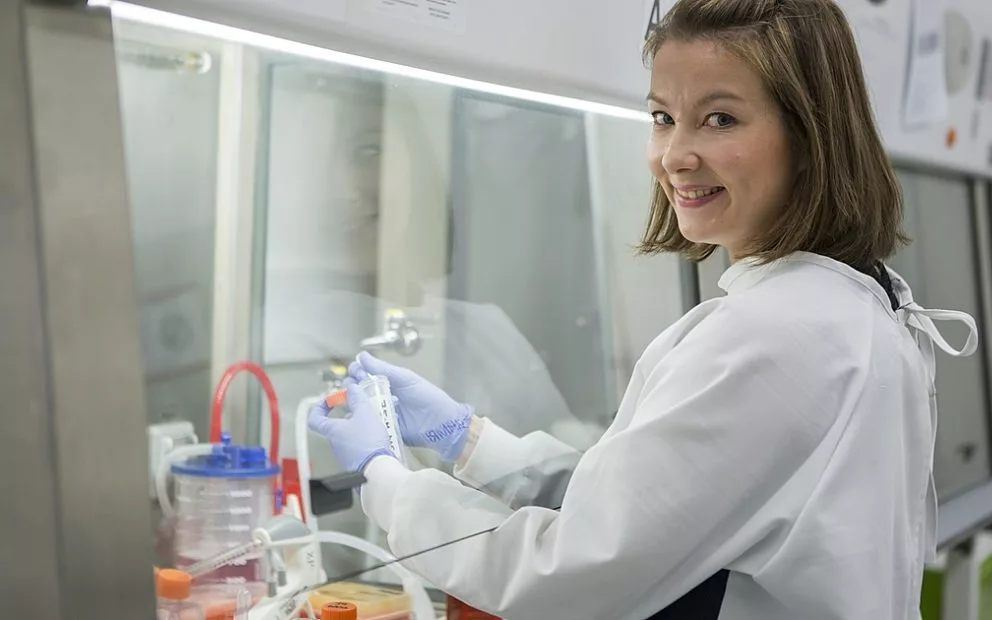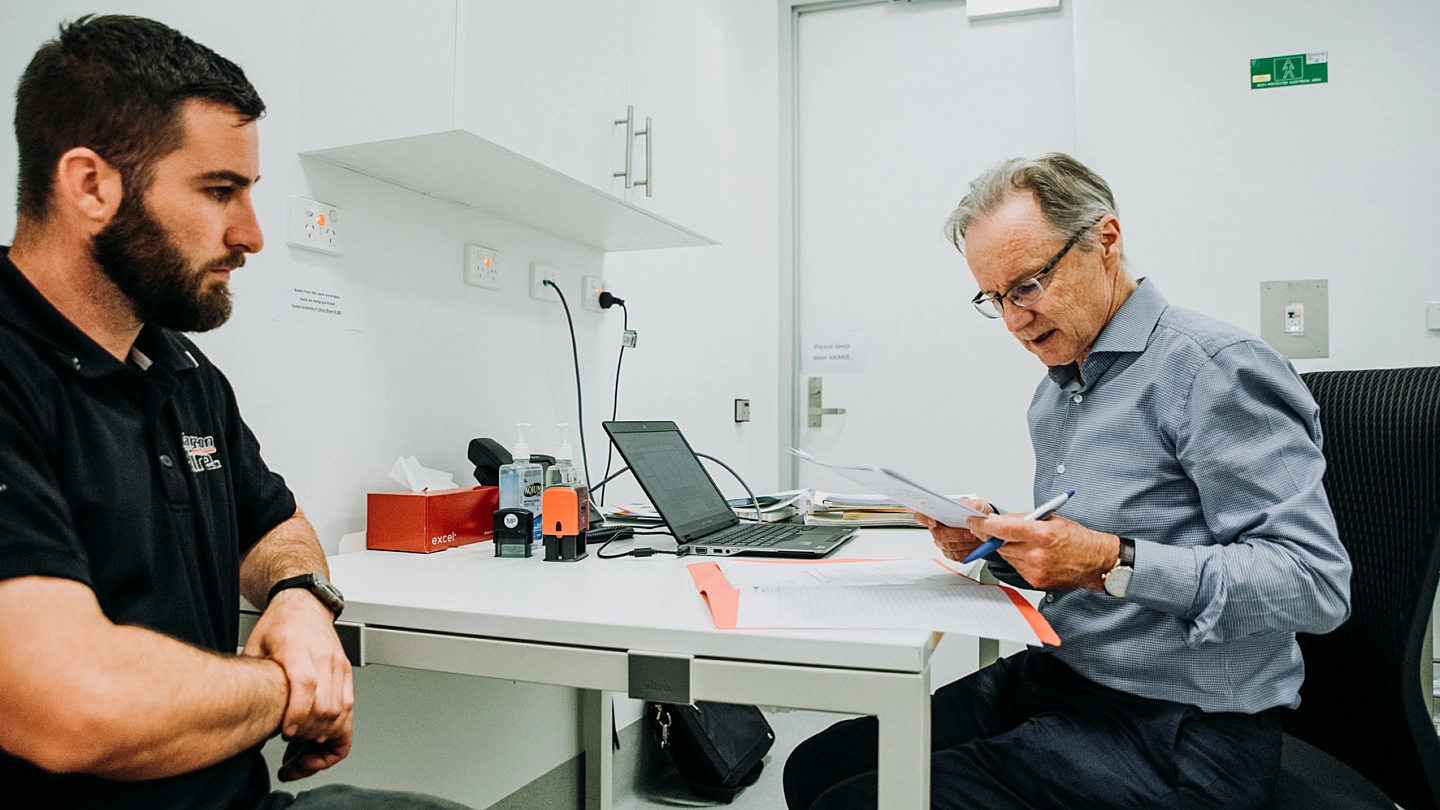In a South Australian first, the South Australian Health and Medical Research Institute (SAHMRI) will start providing the radioisotope Fluorodeoxyglucose (FDG) to hospitals within the state, which are used for cancer diagnosis, staging and monitoring.
With this, South Australia will be able to deliver daily the testing required to help patients and practitioners provide better outcomes for cancer patient management, minimising the distress and inconvenience to patients and their families by improving the utilisation of the available clinical imaging capacity
Currently, the radioisotopes are flown in from interstate, which at times creates the risk of cancellation of positron emission tomography (PET scans) because of various delays. Access to radioisotopes in the state will provide the opportunity to strengthen South Australia’s role in cancer and biomedical research, leading to improved health outcomes for cancer patients and would contribute significantly to increasing our cancer survival rate.
Now that SAHMRI accommodates South Australia’s first and only cyclotron, the Institute is able to produce this compound daily to the highest grade possible in Australia, resulting in more efficient testing of cancer patients and ensuring the ability to adequately and efficiently service local demand for clinical diagnostics.
SAHMRI has achieved the milestone of developing and commissioning a federally-licensed facility within eight months; an outstanding achievement, given previous Therapeutics Goods Administration (TGA) approvals for such complex facilities can take years as a result of the high level of compliance required.
Director of the Molecular Imaging and Therapy Research Unit within SAHMRI, Mr Prab Takhar, said SAHMRI is incredibly proud to have been able to deliver this health benefit to South Australia in such a short amount of time.
“Right now, we have the ability to provide this radioactive compound for each of the 100 patients scanned weekly in the state’s two PET scanners. Additionally, we now have the ability in the state to increase this number to allow all oncology referrals to be met almost immediately,” Mr Takhar said.
“The cancers currently being PET scanned with this molecular imaging probe include lung, brain, oesophageal, colorectal carcinoma and some lymphomas. The ability to develop new compounds with the cyclotron will enable us to provide probes for other conditions, such as heart disease and debilitating neurological diseases.
“We are humbled by the support provided by local philanthropists, the private sector, and of course, SA Health, for allowing us to achieve these - and future – results.”
South Australian Minister for Health, the Hon Jack Snelling MP, said it demonstrated the value of the initial investment into SAHMRI.
"We have said for some time that we want South Australia to be one of the world leaders in health-related research," Mr Snelling said.
"We knew it was an ambitious goal but one that we believed was possible, and this research and the work being done at SAHMRI is already providing real benefits for South Australian hospital patients."



